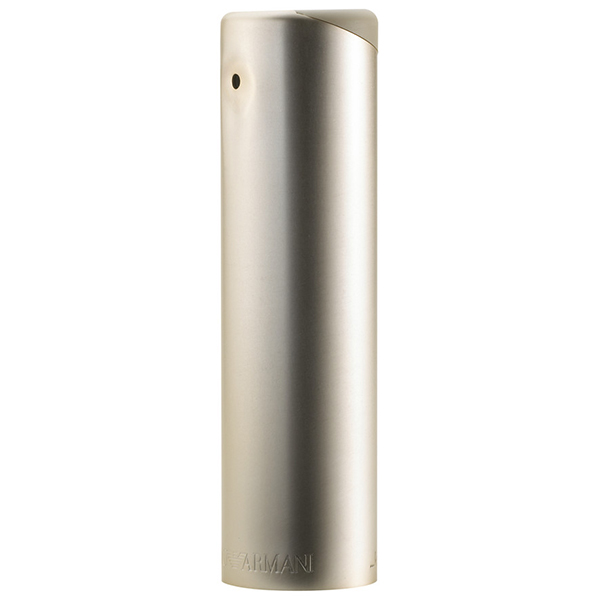
Emporio Armani Ella Eau De Parfum Edicion Limitada, últimas ofertas en perfumes de Armani cantidad 30 ml

Giorgio Armani Emporio She Eau de Parfum Spray for Women, 3.4 Fluid Ounce by GIORGIO ARMANI : Amazon.es: Belleza

Giorgio Armani Emporio Armani She Eau de Parfum desde 29,87 € | Marzo 2023 | Compara precios en idealo





















